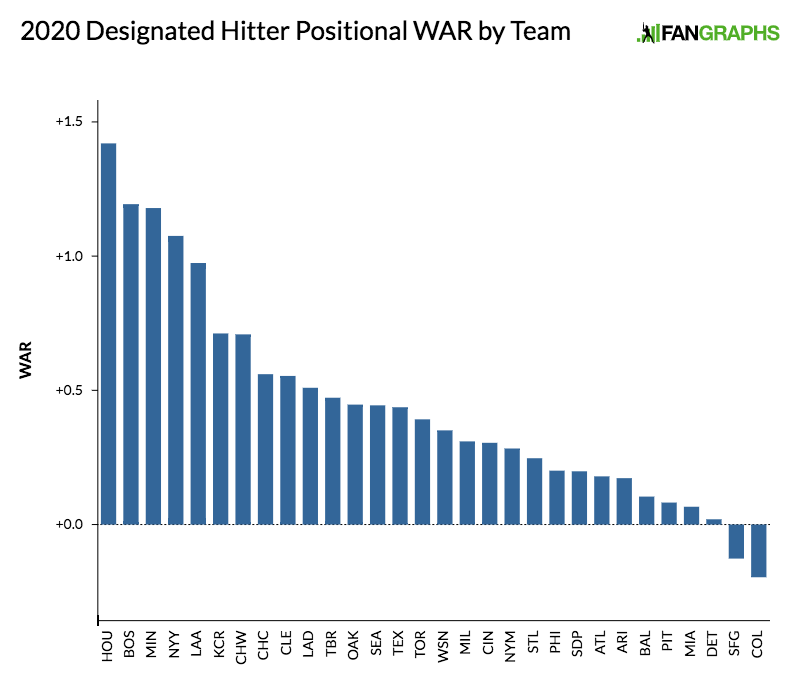Four-Man Outfields Gone Wild
Five years ago, gimmick defenses were bush league. I don’t just mean that in the pejorative baseball sense, though of course I mean that too. Rather, I mean that when Sam Miller and Ben Lindbergh were running the Sonoma Stompers, they toyed with adding gimmick defenses to their indy ball team, and the team rebelled. The players tolerated it — not without reservation — but the reason the wild defensive alignments merited mention in the book is because they were wild.
That was 2015, however, and sensibilities have changed since then. Strange defensive alignments are hardly unusual now. Joey Votto faced a four-man outfield in 2017, and it’s gotten weirder from there. Joey Gallo faces four-man outfields with some frequency. Five-ish man infields have sometimes been a thing in do-or-die late game situations, but the Dodgers rolled one out against Eric Hosmer in the middle innings last year.
I know what you’re thinking. Ben’s going to talk about the “seven-man outfield” the Royals used against Miguel Cabrera. I’m not exactly sure that’s a novel defensive alignment, though. Backing up when somebody slow is batting isn’t the same as forfeiting a right fielder or inventing a new position. It was funny, no doubt, the ultimate mark of disrespect for someone’s speed, but teams have been doing something similar to Albert Pujols for years.
Even though the shock of novel positioning has mostly worn off, I did do a double take on Monday night. With the Pirates attempting to lock down a 5-1 win against the Brewers (about that…), Justin Smoak came to bat. The Pirates checked their laminated positioning cards, shuffled around, and presto! Four in the outfield:

Read the rest of this entry »

